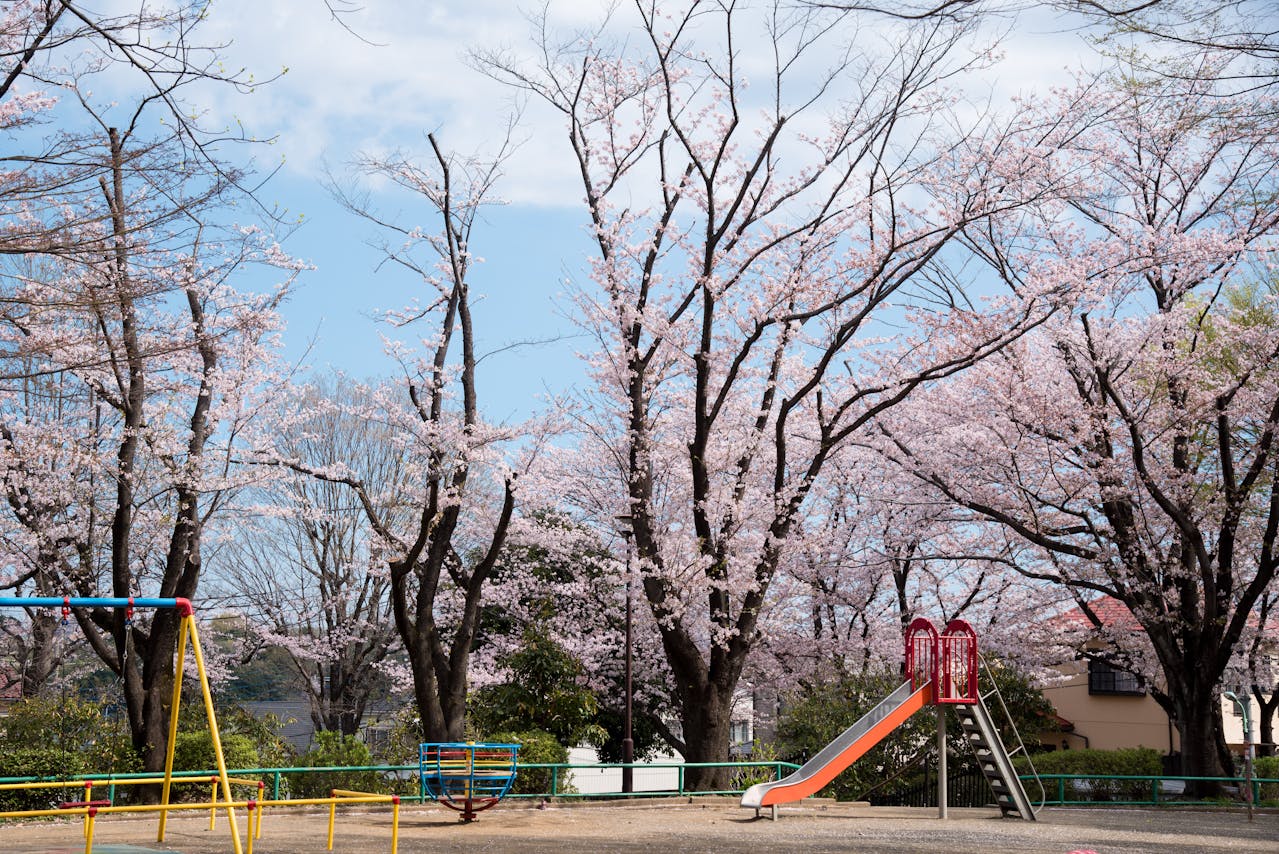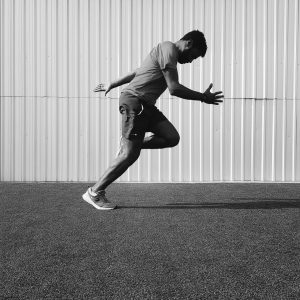
Playgrounds are the perfect environment for children to explore, learn, and develop motor skills. However, creating a playground that caters to all ages and provides a safe, enjoyable experience requires careful planning and thoughtful design. The challenge lies in balancing fun with safety, ensuring that play equipment and playground design meet the needs of a diverse group of users while minimizing risks. In this article, we’ll explore the key considerations in designing playgrounds for all ages, focusing on outdoor play equipment and safety.
Understanding the Needs of Different Age Groups
One of the most important aspects of playground design is recognizing that different age groups have different needs. Toddlers, for example, require play equipment that is low to the ground and easy to navigate, with features like small slides, sensory panels, and gentle swings. On the other hand, preschoolers are more adventurous and need Equipment that challenges their growing motor skills, such as climbing structures, balance beams, and interactive elements.
On the other hand, older children seek more complex and physically demanding Equipment. This might include more enormous climbing walls, zip lines, or obstacle courses encouraging physical fitness and agility. Teenagers and adults can benefit from playgrounds that include fitness stations or Ninja Warrior-inspired elements, promoting active lifestyles across all ages.
To accommodate these varying needs, playgrounds should be divided into distinct zones based on age group. This ensures that children can play safely in age-appropriate areas and helps parents and caregivers efficiently supervise children of different ages.
Safety First: Key Considerations in Playground Design
While the goal is to create a fun and engaging environment, it’s essential to minimize the risk of injury by following established safety guidelines and standards. Here are some key considerations to keep in mind when designing playgrounds:
- Surface Materials
The surface material of a playground is crucial for preventing injuries from falls, which are the most common type of playground accident. Playground equipment outdoor installations should be set on impact-absorbing surfaces such as rubber mulch, wood chips, or poured-in-place rubber. These materials help cushion falls and reduce the risk of serious injuries.
Ensuring that the surface material is spread evenly and maintained regularly is essential. Over time, loose-fill materials like mulch can become compacted or displaced, reducing effectiveness. Regular maintenance checks help keep the surface safe and functional.
- Age-Appropriate Equipment

As mentioned earlier, using age-appropriate play equipment is essential for safety. Equipment that is too advanced for a child’s age group can lead to accidents, while Equipment that is too simple may not hold their interest. Manufacturers often provide guidelines on the recommended age range for each piece of Equipment, and adhering to these recommendations is critical to preventing accidents.
Separating Equipment by age zone for playgrounds designed to accommodate multiple age groups is essential. This helps prevent younger children from accessing Equipment that may be too challenging or unsafe.
- Safe Spacing and Layout
The layout of a playground plays a significant role in safety. Proper spacing between pieces of Equipment helps prevent overcrowding and collisions, which can lead to injuries. For instance, swings should be placed in a separate area with sufficient clearance from other Equipment to avoid accidental collisions.
In addition, pathways between play zones should be clear and unobstructed to allow easy movement and supervision. The design should also consider visibility, ensuring that caregivers can easily monitor children from various vantage points.
- Inclusion of Safety Features
Modern playgrounds often include additional safety features designed to prevent accidents. These might consist of guardrails on elevated structures, soft edges on Equipment, and non-slip surfaces on climbing elements. Additionally, ensuring that all Equipment is installed correctly and securely is crucial for maintaining a safe play environment.
Regular inspections and maintenance are also essential to ensure that playground equipment remains in good condition. To prevent accidents, loose bolts, worn-out components, or damaged surfaces should be repaired or replaced promptly.
Promoting Fun and Engagement
While safety is paramount, creating a fun, engaging, and stimulating playground for children of all ages is equally important. The best playgrounds are those that offer a variety of play experiences, encouraging physical activity, creativity, and social interaction. Here are some tips for designing a playground that balances fun with safety:
- Variety of Play Equipment
Incorporating a wide range of play equipment ensures that children of different ages and abilities have something to enjoy. Swings, slides, climbing structures, and interactive panels are just a few examples of Equipment that can create a diverse and engaging play environment.
Consider including more challenging elements like obstacle courses, zip lines, or fitness stations for older children and teenagers. These not only provide physical exercise but also add an element of adventure and excitement to the playground.
- Themed Play Areas
Themed playgrounds are a great way to spark children’s imaginations and encourage creative play. Whether it’s a pirate ship, a jungle, or a space station, themed play areas can transport children to a world of make-believe, where they can create their own stories and adventures. Themed play equipment also tends to be more engaging and visually appealing, making the playground a more inviting for children.
- Inclusive Design
An inclusive playground design ensures that children of all abilities can participate in play. This might include ramps and accessible paths for children with mobility challenges and sensory-rich Equipment that engages children with different sensory needs. An inclusive playground promotes physical activity and fosters social inclusion and interaction among children of all abilities.
Designing a playground that caters to all ages requires a careful balance between fun and safety. By understanding the needs of different age groups and incorporating safe, age-appropriate play equipment; you can create a playground that is both engaging and secure. With thoughtful playground design and a focus on outdoor play equipment, it’s possible to build a space where children of all ages can play, learn, and grow in a safe and stimulating environment. Whether it’s a small community park or a large commercial playground, the key to success lies in creating a space that is inclusive, well-maintained, and full of opportunities for fun and adventure.







